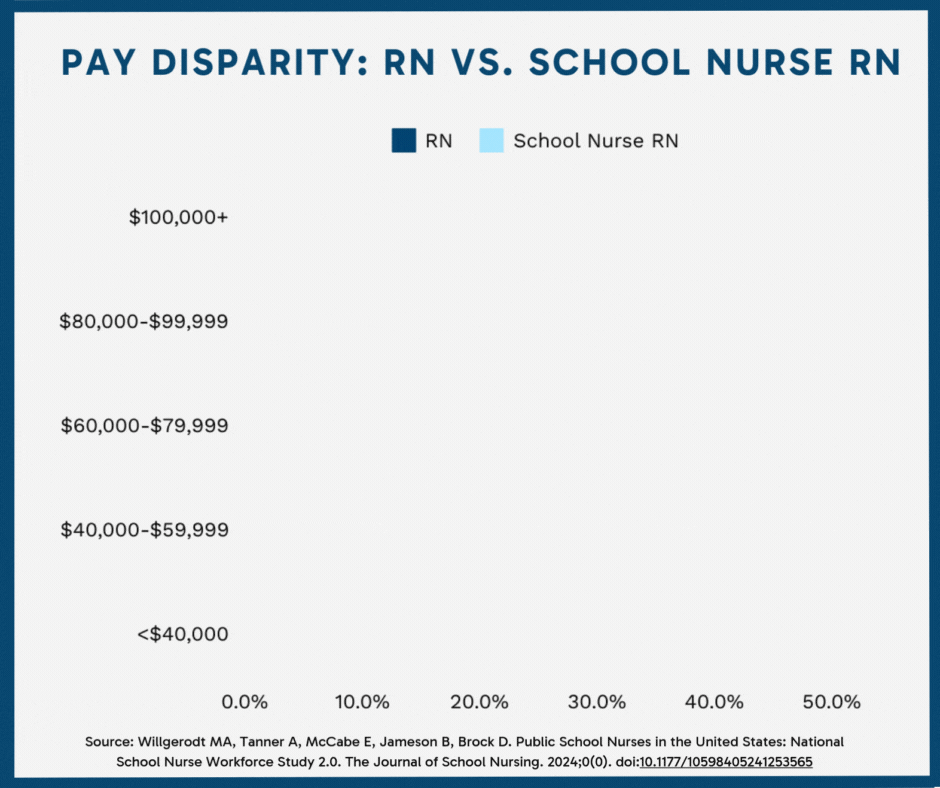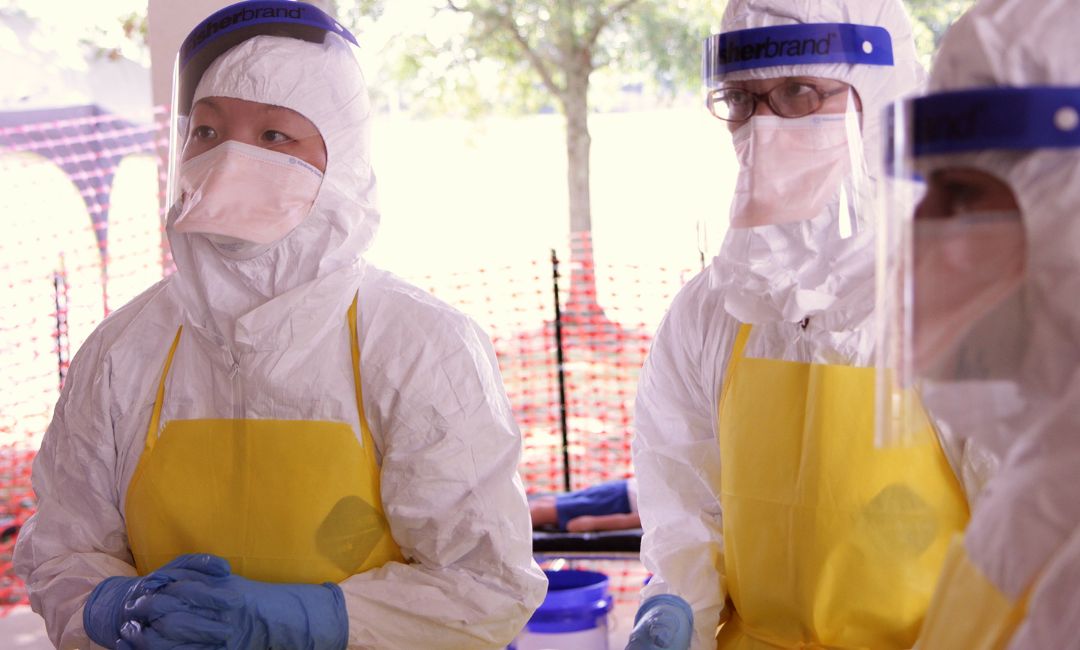The Role of a School Nurse
Sheila Caldwell, a school nurse in New Jersey, told neaToday in June 2023 that compared to hospital nurses who see about 10 patients per day, a practitioner in a school setting could see between 200 and 5,000 students per day.
“This is not a cake job,” Caldwell said. “We are managing high needs of students every day, treating kids with asthma, diabetes, epilepsy, and other health conditions.”
In addition to treating children, school nurses are also proponents of public health initiatives and awareness, harkening back to the origins of the position.
On top of the pandemic-focused responsibilities, they also ensure students receive the vaccinations required for enrollment and conduct vision and hearing screenings, according to a 2017 report in the Online Journal of Issues in Nursing (OJIN).
Care coordination — sending emails, writing reports, teaching, counseling, and managing chronic or acute conditions — takes up roughly half of a school RN’s time.
Specific requirements to become a school nurse vary by state, but some might require a School Nurse Certification, which can be obtained through the National Board for Certification of School Nurses and is valid for five years.

School Nurses by the Numbers
Educational services rank among the top five work environments for registered nurses, according to the most recent data from the U.S. Bureau of Labor Statistics.
However, the NASN workforce study revealed a pay disparity between nurses in an education setting and RNs who work in other, more clinical settings. Only 34.2% of RNs who work in schools earn more than $60,000 annually, compared to nearly 70% of the overall RN workforce.
The school nurse workforce also trends older, losing practitioners to retirement.
NASN created the “Claim Your School” Campaign to help determine where “staffing gaps” exist throughout the country to refine its advocacy efforts.










